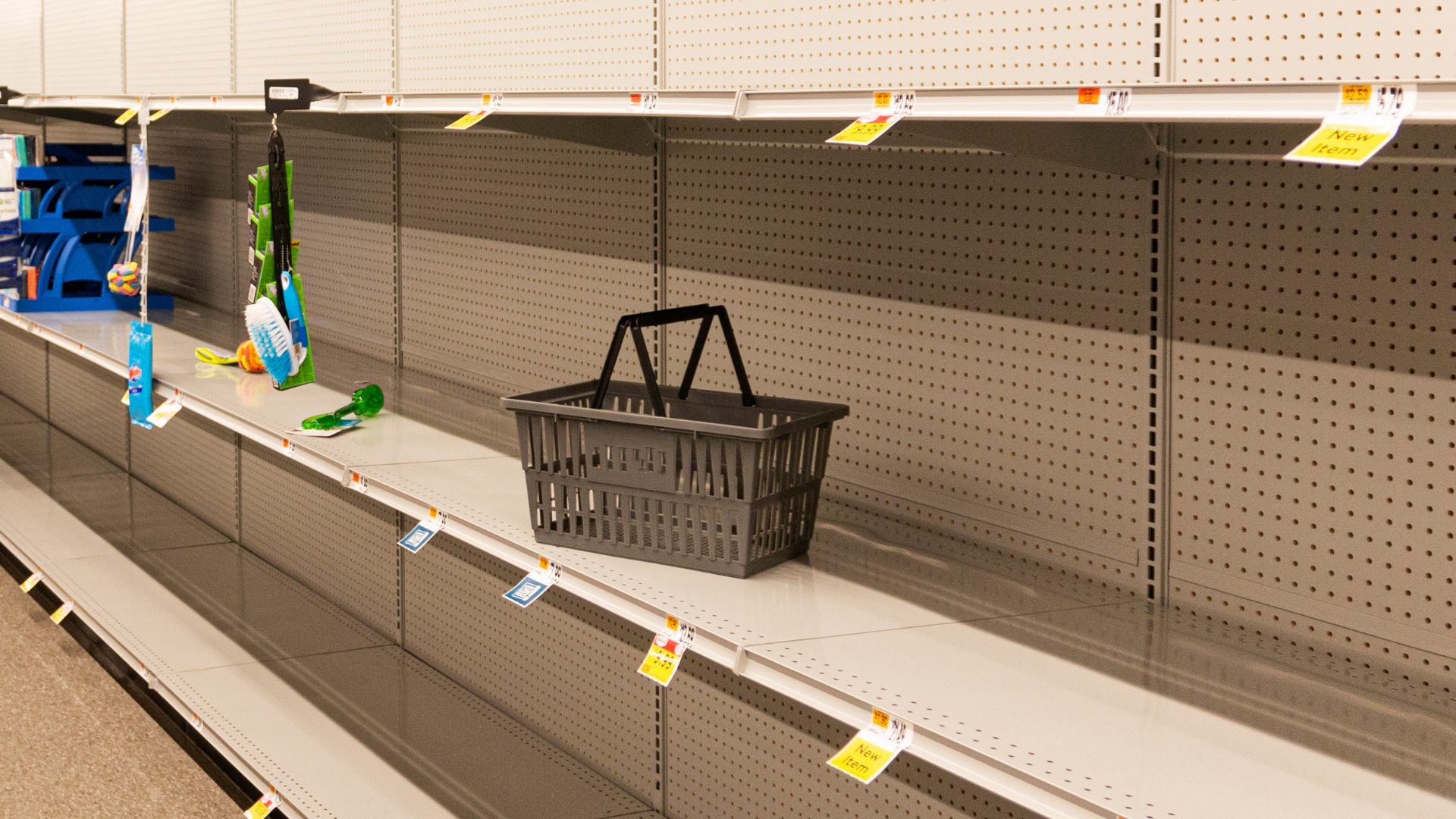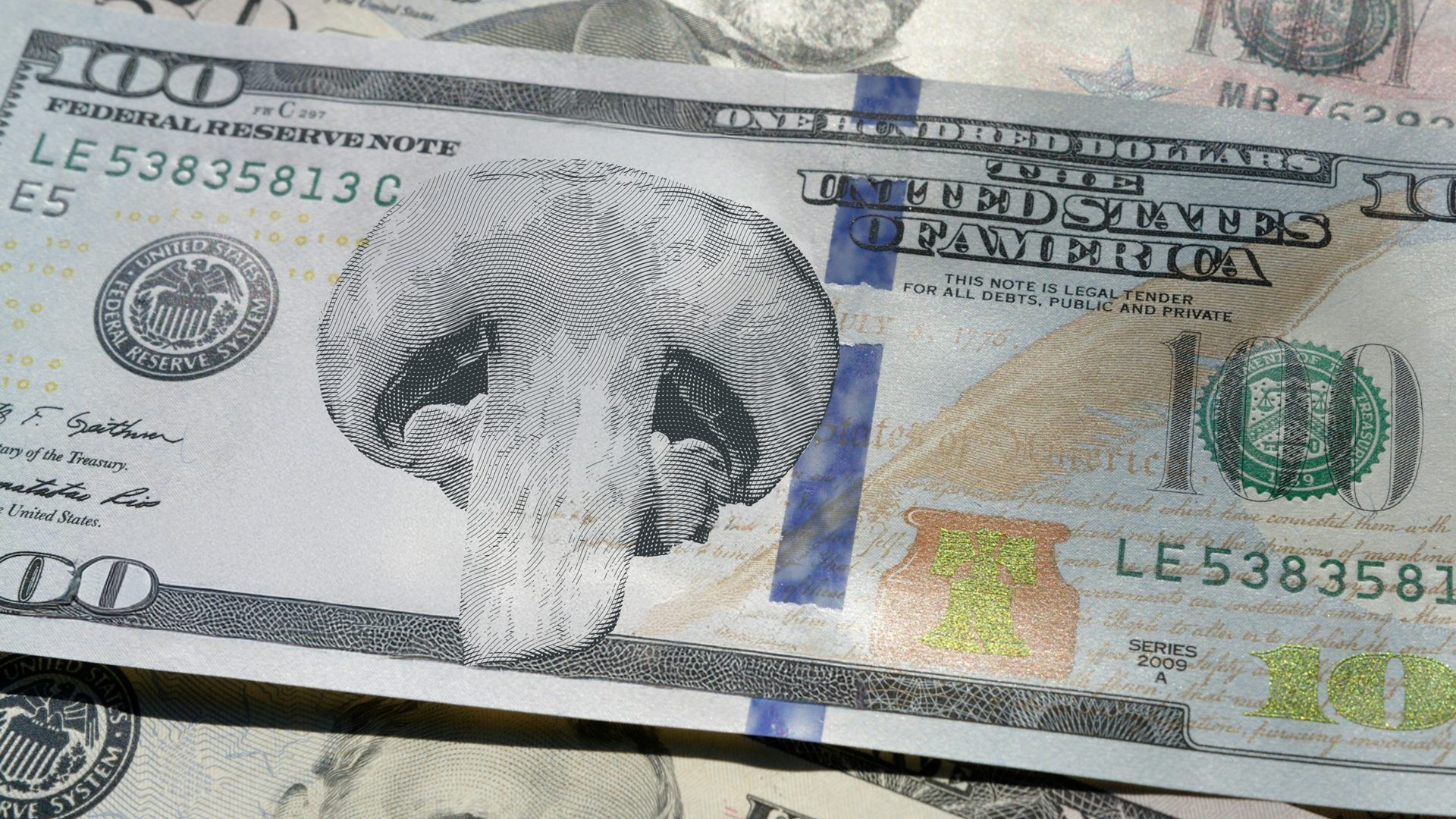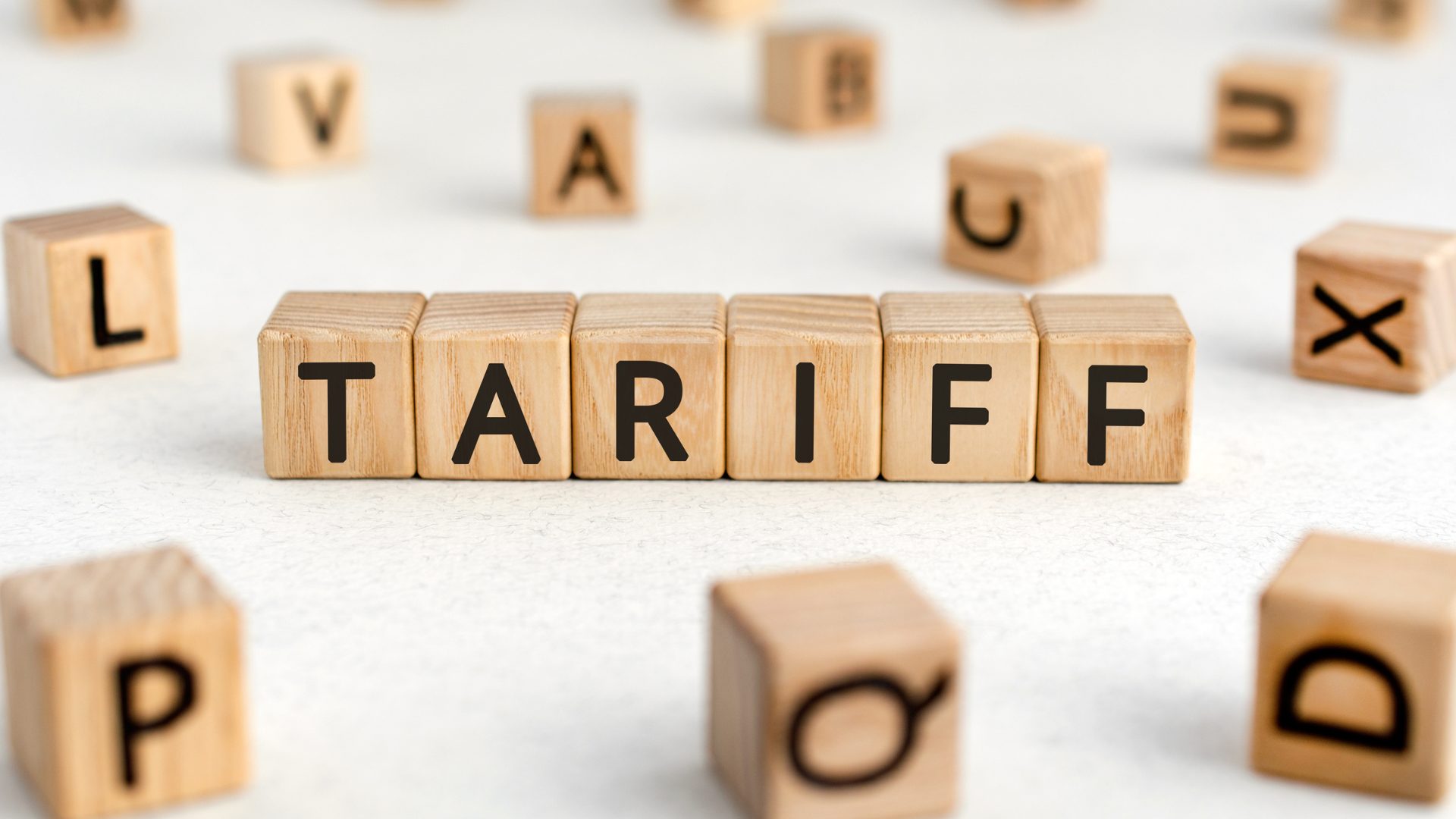In the words of Dr. Thomas Weinandy, a senior economist at Upside, loyalty isn’t what it used to be. According to a new report from Upside, customers are no longer loyal to certain brands.
The report – which looked at 75 million transactions and two years of data – found that customers are now putting their own needs before brands and that “uncommitted customers” make up 79% of brick-and-mortar retail customers.
So-called “uncommitted customers” visit businesses 80% less frequently than loyal customers.
The report also states that, across all retail categories, 60% of new customers never come back after their first month. That said, earning just one additional visit per month from uncommitted customers could increase total revenue significantly.
The Food Institute discussed with Dr. Weinandy exactly how to win over uncommitted customers.
What should food manufacturers and restaurants take away from this report?
Today’s consumers are much more open to trying new brands, and they’re quick to switch if they find a better deal, Dr. Weinandy says.
“This is a huge opportunity for food manufacturers and restaurants,” he said.
“The most efficient way to grow isn’t finding new customers but re-engaging the ones who are already coming through the door and haven’t fully committed yet,” Dr. Weinandy added.
“These ‘uncommitted customers’ are looking for value, not just a brand name. The solution is meeting them where they are – with personalized offers that feel relevant and rewarding enough to build real habits.”
What are the keys to success for winning over an uncommitted customer?
Getting someone in the door once isn’t enough – the real challenge is winning the next trip, Dr. Weinandy points out. In order to do that you need to plan for what happens after that first visit. Engaging customers in the moments between purchases is the most efficient path to growth, he says, and the best way to engage is with personalized offers that make every return feel worthwhile.
“That’s what drives habit formation – and ultimately, long-term loyalty. That’s why loyalty programs, especially when paired with platforms like Upside, can make a huge difference. While 41% of typical customers do not return after the first month, only 8% churn when they’re using a loyalty program paired with Upside. It’s about continuously re-engaging the customer to nurture habit formation,” Dr. Weinandy says.
Based on these findings, should brands be marketing differently?
Yes, according to Dr. Weinandy. Retention can’t be treated as a secondary goal anymore.
“Traditional marketing builds awareness, but winning uncommitted customers requires reinforcing behavior, not just shaping perception. Instead, they should be prioritizing turning those first-time visits into regular habits,” he told The Food Institute.
Winning today’s customer is about more than just impressing them. You need to give them a reason to come back. Campaigns alone won’t do it, Dr. Weinandy says, so you need to think about what’s happening between visits.
“Brands need to stay in the consideration set with timely, personalized offers that make it easy for customers to choose them again,” Dr. Weinandy said. “Tools like loyalty programs and cash-back incentives do exactly that – they help turn occasional visits into ongoing habits.”
The Food Institute Podcast
Data is becoming more and more important to the food-away-from home sector, but the quality of both the data and the people who handle it remain key to success. Tibersoft’s Suzanne Cwik joined The Food Institute Podcast to discuss how speed, precision, and efficiency should be the cornerstones of a data management plan.












